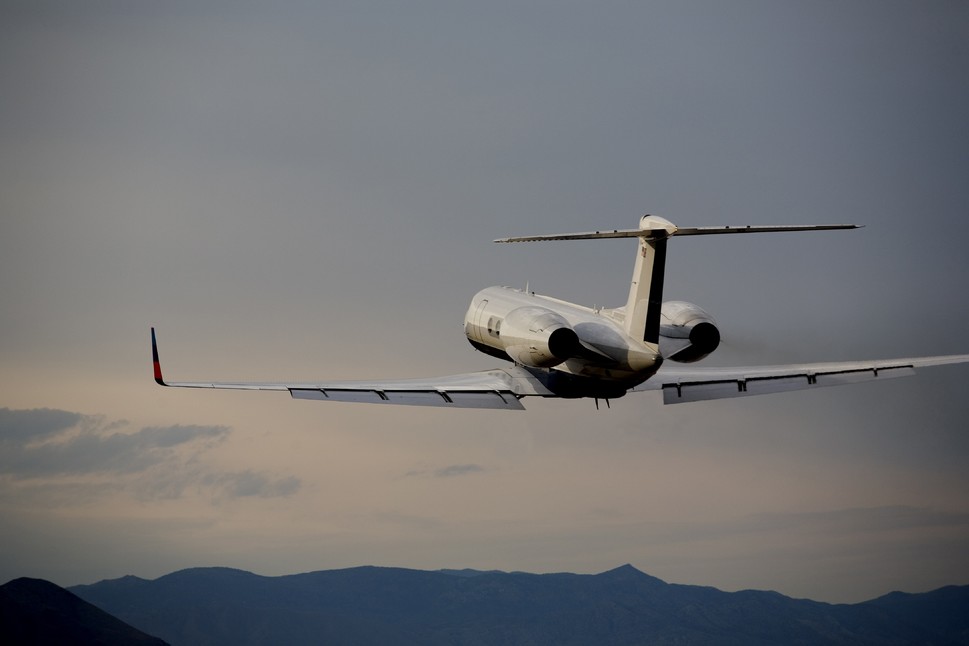Business Aviation Tax: the Benefits of MACRS & ADS
A summary of business aircraft Federal tax depreciation basics (Part 1 of 2)
Back to Articles
Attorney Troy Rolf dissects the details of depreciation and describes how this accounting principle can benefit owners of business aircraft.
The US Government allows owners of equipment used for generating income or otherwise ordinary and necessary for the conduct of business, such as a business aircraft, to depreciate the original purchase price of the hardware and deduct the amount eligible for depreciation from revenues.
The equipment owner has two basic means for calculating depreciation: Modified Accelerated Cost Recovery System (MACRS) and the Alternate Depreciation System (ADS). Furthermore, depreciation is subject to the use of eligible equipment and to special rules the US Congress enacts from time to time to encourage the purchase of a business asset.
Many aircraft owned and operated for business use are depreciable for federal income tax purposes under the MACRS of Section 168(b) of the Internal Revenue Code, which permits taxpayers to accelerate tax depreciation by allowing a greater percentage of the deductions to be taken during the first few years of the applicable recovery period, compared with using a straight-line depreciation method (i.e., ADS). Of course, the tradeoff is that less depreciation will be available to offset income in later years.
Some aircraft are depreciable for income tax purposes but do not qualify for accelerated depreciation under the MACRS system.
In that case, the aircraft may be depreciated under the ADS of Section 168(g) of the Code, which allows depreciation on a straight-line basis and thus results in equal deductions each year during the recovery period. Recovery periods under the ADS system are typically longer than recovery periods under MACRS for the same property.
Whether or not a taxpayer may depreciate an aircraft, and if so, the appropriate depreciation method and recovery period, depends on several factors. These include the category of aircraft (e.g., airplane or helicopter), and the type of use to which the aircraft is put (e.g., personal, business, or commercial charter).
Aircraft, other than helicopters, used in commercial activities or contract carrying of passengers and freight by air (e.g., typical Part 135 operations) may be depreciated under MACRS over seven years, or under ADS over twelve years. Aircraft used for qualified business purposes or for the production of income (e.g., typical business-use Part 91 operations), and all depreciable helicopters, may be depreciated under MACRS over five years, or under ADS over six years.
Qualified Business Use
If an aircraft is used part of the time for a qualified business and/or commercial purpose, or for the production of income, and part of the time for personal, non-business purposes, the depreciation deduction allowable for the taxable year will be limited to a fraction of the depreciation deduction that would have been allowed had the aircraft been used solely for business purposes. (As a general rule, a qualified business purpose is any use in a trade or business for which a deduction would be allowed under Section 162 of the Code, which defines deductible trade or business expenses.)
The depreciable basis of the aircraft will nevertheless be reduced by the entire amount of depreciation that would have been allowed had all the use of the aircraft during the year constituted Business Use.
In addition, whether the depreciable portion of the aircraft may be depreciated under MACRS, or will be required to be depreciated under ADS will depend on which use predominates. If more than 50% of the use of the aircraft during each taxable year constitutes Business Use, the predominantly business use test is satisfied and the depreciable portion of the cost basis of the aircraft generally may be depreciated under MACRS. However, if 50% or less of the use of the aircraft during each taxable year constitutes Business Use, ADS will apply.
The predominant business use test must be met during every taxable year that the aircraft is in service. The consequences of failing the test in even a single taxable year can be severe. If the test is failed during any taxable year that the aircraft is in service, the aircraft must be depreciated under the ADS system during such taxable year and all subsequent taxable years. In addition, if the aircraft had been depreciated under MACRS during any prior taxable year, the taxpayer must recapture prior depreciation to the extent that depreciation deductions taken during prior years exceed the deductions that would have been allowed under the ADS system.
Certain uses of an aircraft by a business entity that arguably may be considered qualified business uses nevertheless will not qualify under certain circumstances.
Specifically, any use of a business aircraft falling within any one of the following three categories will not be treated as a qualified business use for depreciation purposes unless all other qualified business uses (i.e., all qualified business uses excluding any use falling within one of the three categories) comprise at least 25% of the total utilization of the aircraft during the applicable taxable year:
1. The leasing of the aircraft by a company to any person who owns 5% or more of the company, or to any person who is related (within the meaning of Section 267(b) of the Internal Revenue Code) to a person who owns 5% or more of the company.
2. Use of the aircraft to provide compensation (i.e., to provide personal, non-business-use flights without reimbursement at fair market rates) to any person who owns 5% or more of the company, or to any person who is related (within the meaning of Section 267(b) of the Internal Revenue Code) to a person who owns 5% or more of the company.
3. Use of the aircraft to provide compensation to any other person unless an amount is included in the gross income of such person with respect to such use of the aircraft, and any required income tax was withheld (e.g., income is imputed under the Standard Industry Fare Level (SIFL) formula).
Next month Attorney Rolf will address Mixed Business Use, such as deriving income from chartering the aircraft when it is not involved in company activities.
Find more articles like this every month in AvBuyer magazine.


